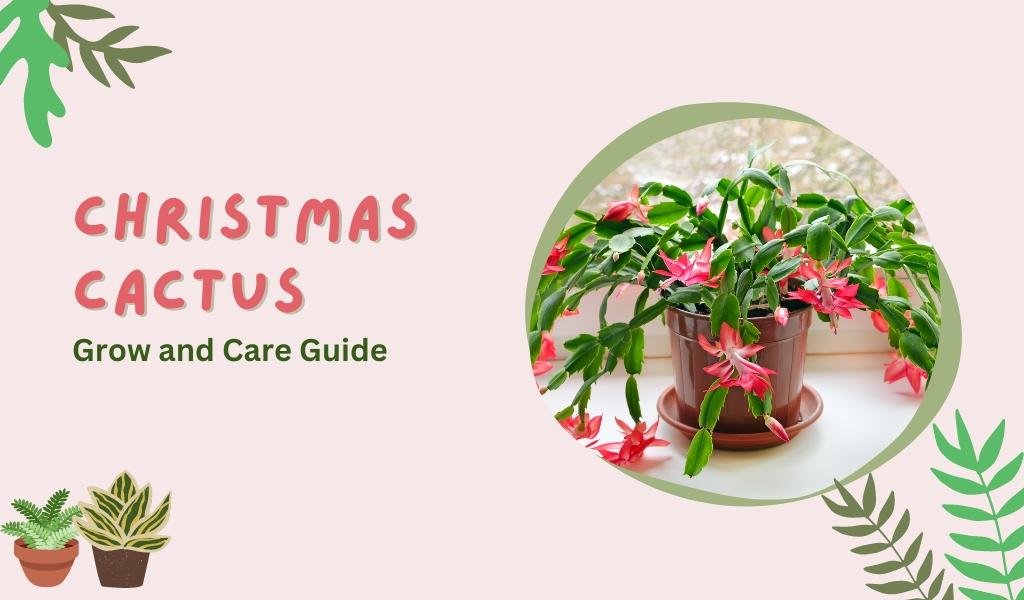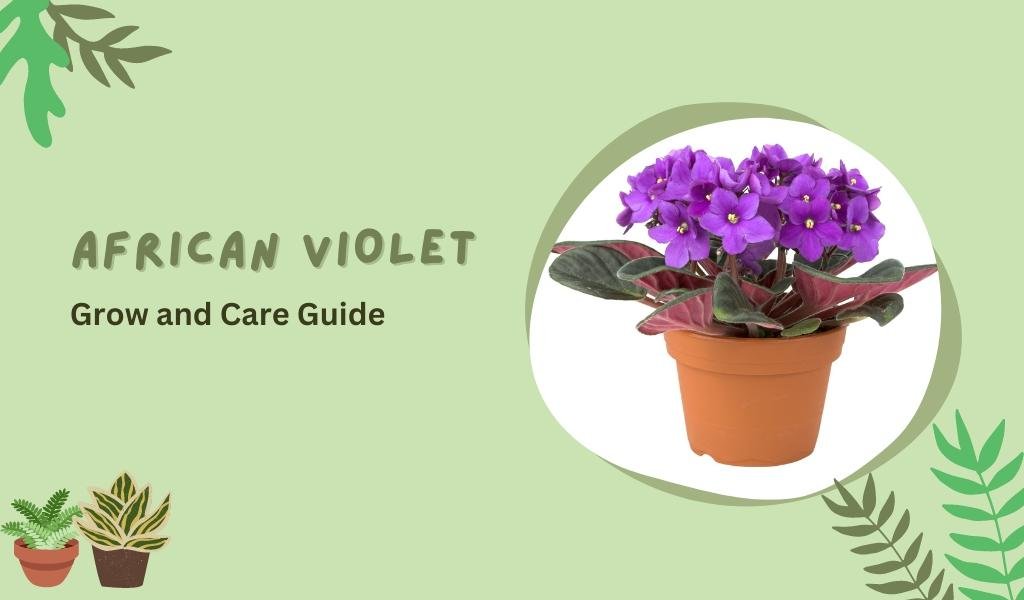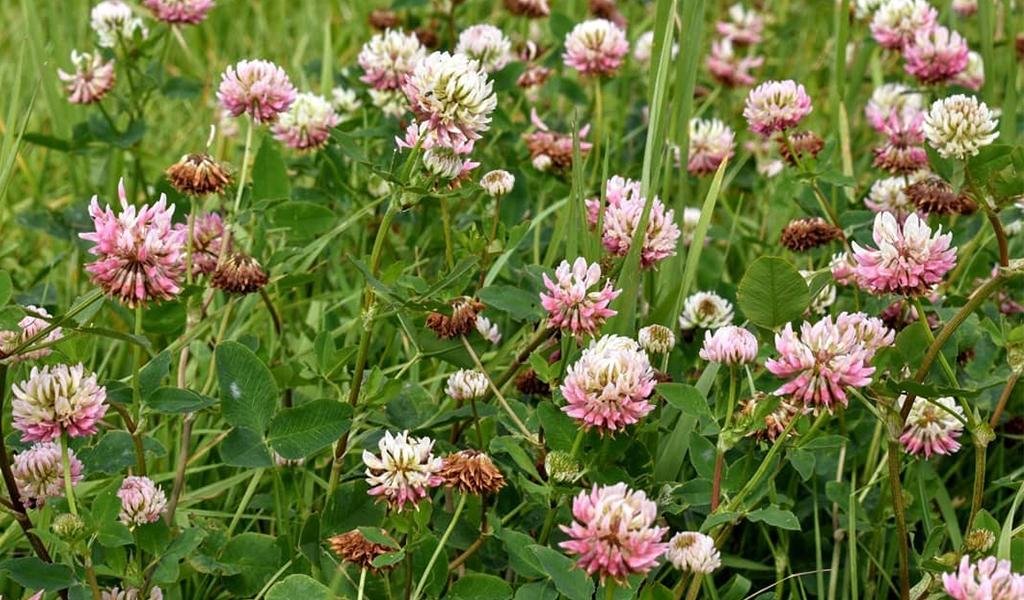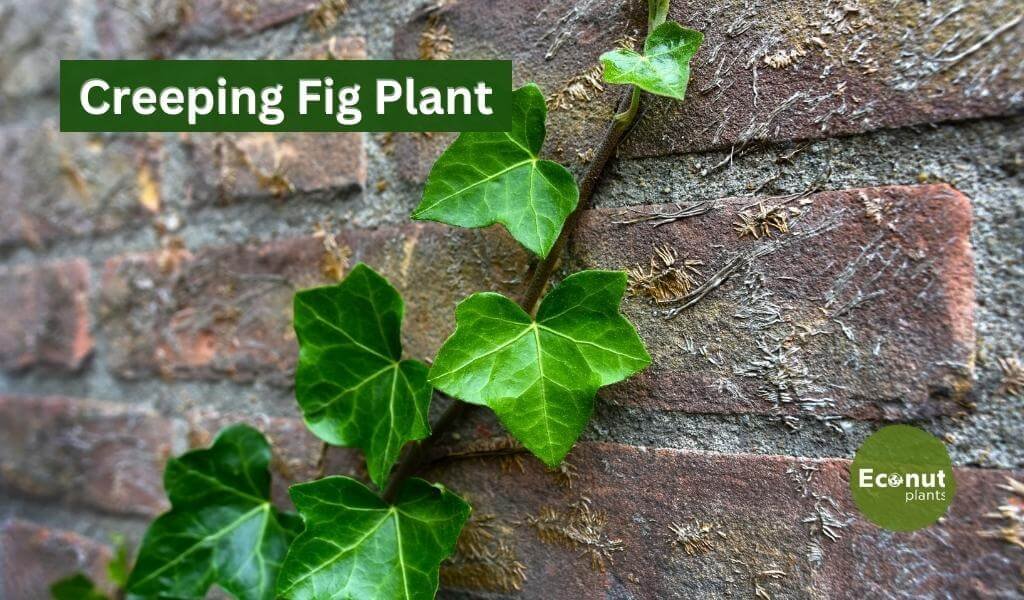Are you considering planting hydrangeas this year, but you’re not sure if they’ll come back next year or if you’ll have to plant them again?
Lawn
Best Guidance to Improve Drainage in Your Raised Beds
Drainage material, as we all know, lets water flow away rather than collect. An elevated garden bed functions similarly to a single, enormous pot plant.
Christmas Cactus: Seasonal Plant
A popular winter-flowering houseplant that can be utilized in almost any indoor setting is the Christmas Cactus (Schlumbergera bridgesii). This is a top contender for Christmas gift-giving because it’s not only simple to maintain but also spreads widely.
Corn Plant: How To Grow & Care
Dracaena fragrans (cornstalk dracaena) is a flowering plant native to tropical Africa, blooming in highlands at around 600-2,250 m (1,970-7,380 ft) in height. It also goes by striped dracaena, compact dracaena, and corn plants.
Texas Sage Plant: How To Grow & Care
The Texas sage is a slow-growing shrub that can take up to two years to fully mature and continuously bloom.
African Violet Plants: One Of The Most Beautiful For Houseplants
Sometimes you think about which houseplant is beautiful for the house. your answer is here, African Violet Plants are One Of The Most Beautiful For Houseplant.
The Different Types of Alsike Clover: What You Need to Know ?
The Alsike Clover, is sometimes known as the genus Trifolium. It is a genus of about 300 annual and perennial plants in the pea family Fabs.
Creeping Fig Plant: How to grow and care
The Creeping Fig is commonly known as climbing fig or ficus pumila. Originally from East Asia, it is a species of flowering plant in the mulberry family.
Everything You Need To Know Before Growing Chinese Privet Plant
Chinese Privet Plant is blooming evergreen shrubs that are frequently planted as hedges. Depending on the type, they can also be cultivated as tiny, bushy trees.
13 Best Florida Flowers That You Can Grow In The Garden
Florida flowers Garden, located in Largo, Florida, is a 182-acre botanical garden. The park exhibits flora, animals, and natural resources










